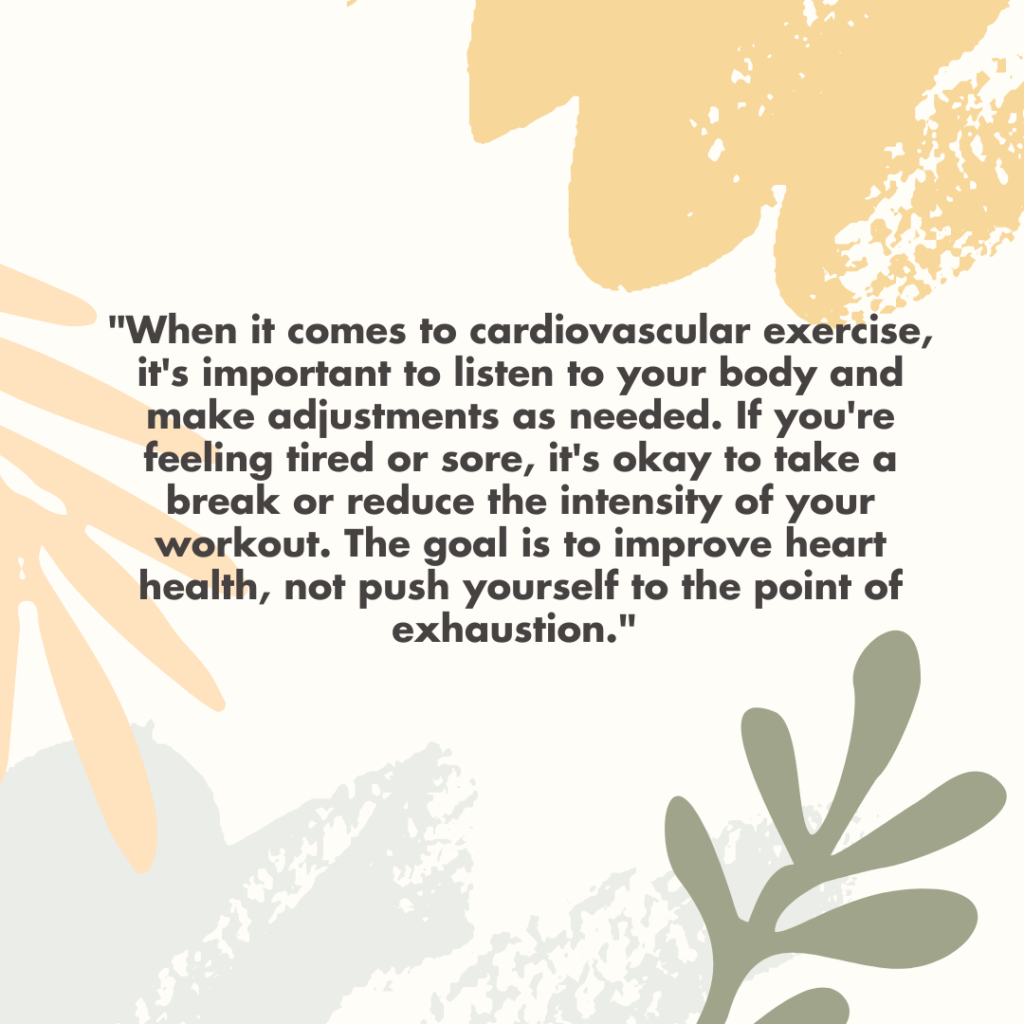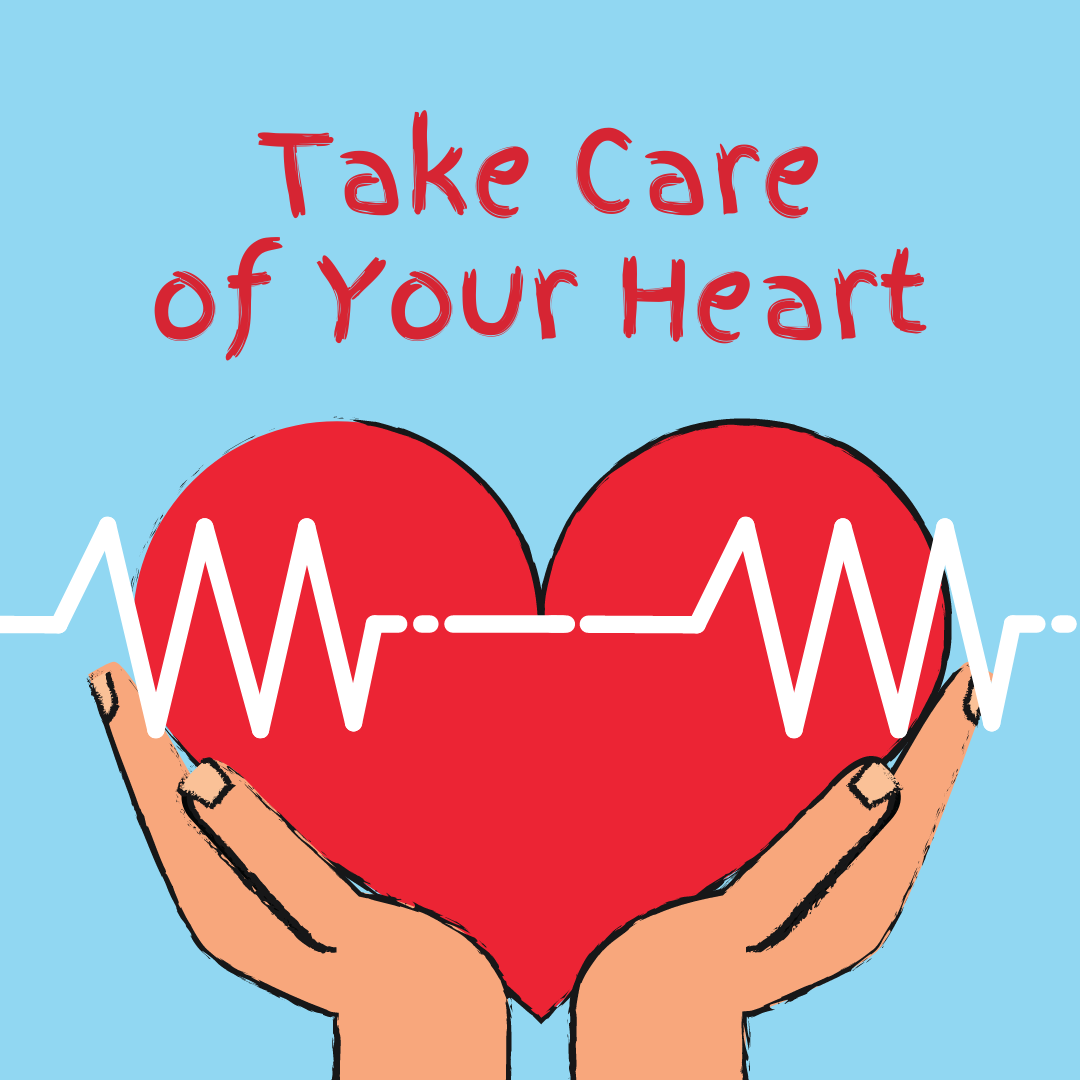Do you remember the dreadful days of 2020-2022, when the pandemic wave took a toll on us?
COVID-19 has affected the heart in several ways. Research has shown that the virus can cause inflammation of the heart muscle, known as myocarditis, which can lead to heart failure or sudden cardiac arrest. Additionally, some of the medications used to treat COVID-19, such as corticosteroids, can have negative effects on the heart and increase the risk of heart attacks. Its seen post covid effects are worst. Our immune system went for a toss, hence to re-build and sustain we first need to keep the blood source strong!
Cardiovascular exercise, also known as cardio, is any type of exercise that increases the heart rate and oxygen consumption, which in turn improves the health of the cardiovascular system. Some examples of cardio include running, swimming, cycling, and dancing. The American Heart Association recommends at least 150 minutes of moderate-intensity aerobic activity or 75 minutes of vigorous-intensity aerobic activity per week, spread out over at least 3 days per week.
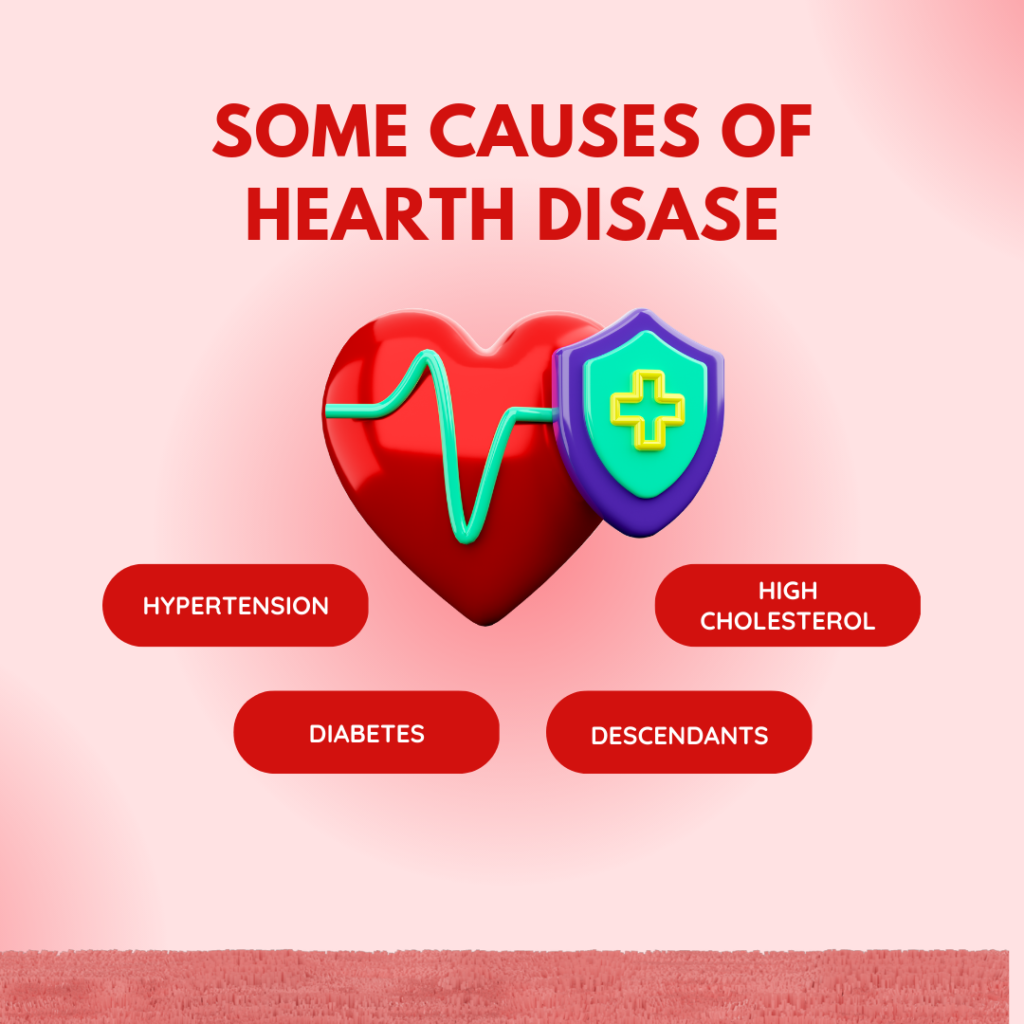
The benefits of cardiovascular exercise are numerous, including improved heart health, increased endurance, weight loss, and improved mood.
Cardiovascular exercise has been shown to help prevent and manage a variety of heart diseases and medical conditions, including high blood pressure, high cholesterol, diabetes, and obesity. It can also improve overall cardiovascular health, reducing the risk of heart attack and stroke.
When choosing an exercise program, it is important to consider your current fitness level, any medical conditions you may have, and your personal preferences. Starting with low-intensity exercises and gradually increasing the intensity and duration over time can help prevent injury and ensure that the exercise is sustainable in the long term.
Some thoughtful questions to consider when starting a cardiovascular exercise program:
What are your personal fitness goals?
What types of exercise do you enjoy?
How can you incorporate cardio into my daily routine?
What modifications may you need to make due to any medical conditions or injuries?
“Exercise is medicine for the heart” – Dr. Lee S. Berk.
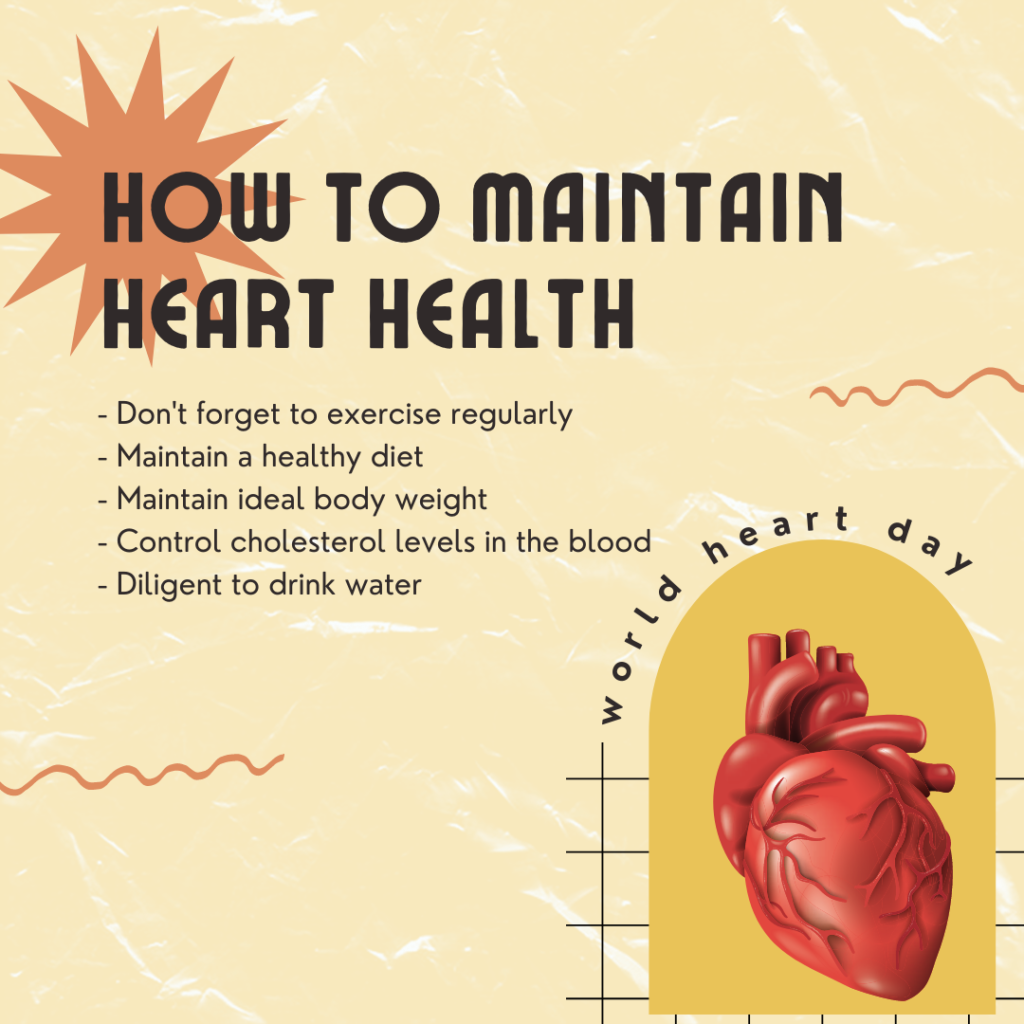
While cardiovascular exercise has numerous benefits for overall health, there are some potential negative points to consider. Here are a few examples:
Risk of injury: Cardiovascular exercise can put stress on joints, muscles, and bones, which can lead to injuries such as strains, sprains, and fractures. For example, someone who runs frequently without proper footwear or form may be at a higher risk for shin splints or stress fractures. Additionally, high-impact activities like jumping or running may not be appropriate for people with certain medical conditions or injuries.
Overexertion: Engaging in too much cardio or pushing oneself too hard can lead to overexertion, which can cause fatigue, dizziness, and even fainting. This can be particularly dangerous for people with underlying medical conditions, such as heart disease or asthma, who may not be able to tolerate intense exercise.
Time commitment: Many forms of cardiovascular exercise, such as running or cycling, require a significant time commitment. This can be difficult for people with busy schedules or those who have trouble making time for exercise.
Boredom: For some people, engaging in the same type of cardio exercise on a regular basis can become boring and repetitive. This can lead to a lack of motivation and make it harder to stick with an exercise routine.
Potential for exacerbating certain medical conditions: While cardiovascular exercise can be beneficial for many medical conditions, such as high blood pressure and diabetes, it can also be potentially harmful for some. For example, people with certain heart conditions may need to avoid high-intensity activities or engage in supervised exercise programs to prevent exacerbating their condition.
It’s important to note that the negative points of cardiovascular exercise can often be mitigated with proper technique, appropriate modifications for individual needs, and a gradual increase in intensity and duration over time. Consulting with a healthcare provider or certified fitness professional can also help reduce the risk of injury and ensure that an exercise program is safe and effective.
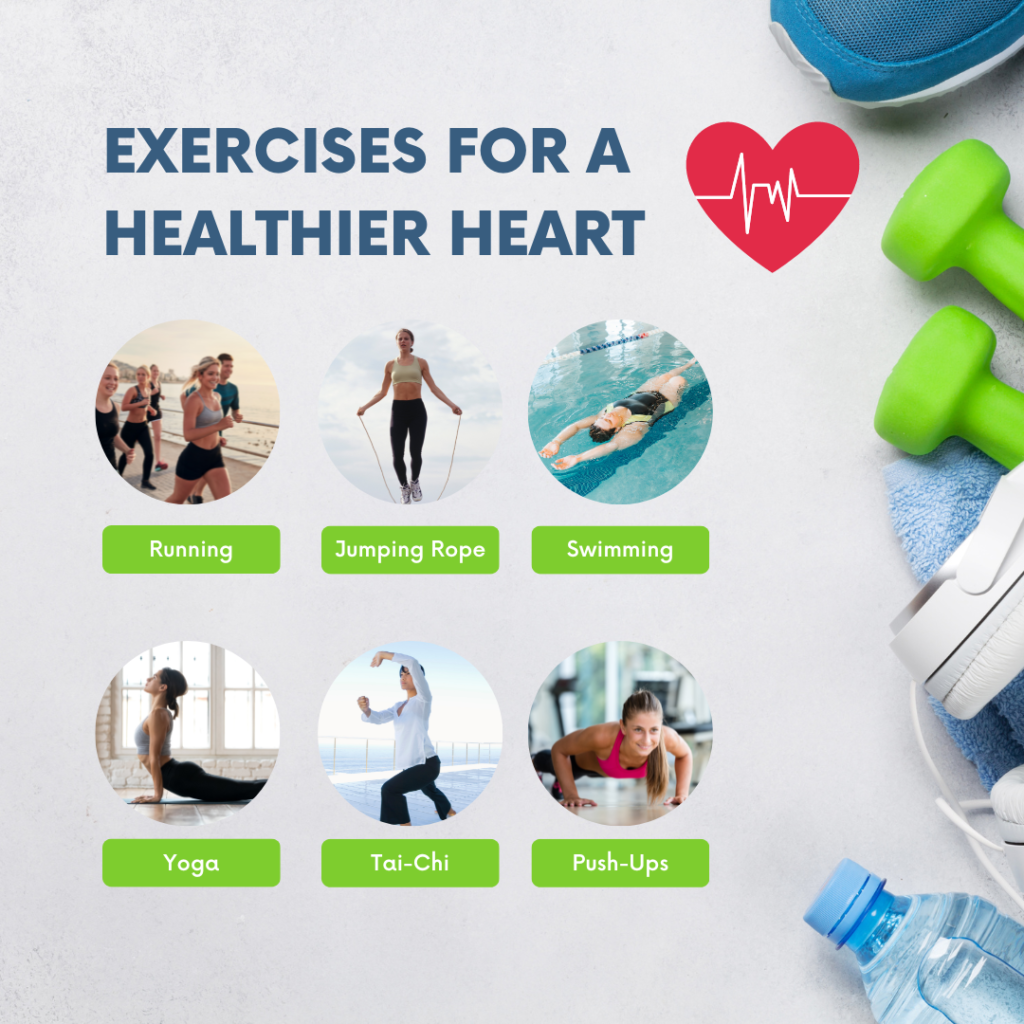
Let’s focus on the improvements that cardiovascular exercise can bring about in us, as it has numerous positive benefits for overall health. Here are a few examples:
Improved heart health: Cardiovascular exercise strengthens the heart and circulatory system, reducing the risk of heart disease and stroke. Regular cardio can also help lower blood pressure and cholesterol levels.
Weight loss and management: Cardiovascular exercise burns calories and can help with weight loss and weight management. A 30-minute jog can burn around 240-295 calories, depending on the individual’s weight and speed. Consistent cardio can also help boost metabolism, leading to more efficient calorie burning throughout the day. Menstrual cycle in women is a big issue with the conventional world, to regulate the cycle you need to engage yourself in cardiovascular exercise. It helps in reducing PCODs in women.
Increased endurance: Regular cardio can improve endurance and stamina, making it easier to perform daily activities and physical tasks. For example, someone who regularly engages in cardiovascular exercise may be able to climb stairs more easily or carry groceries without getting winded.
Improved mood: Cardiovascular exercise releases endorphins, which can boost mood and reduce stress and anxiety. This can lead to an overall improvement in mental health and wellbeing.
Lower risk of certain medical conditions: Cardiovascular exercise has been shown to help prevent and manage a variety of medical conditions, such as type 2 diabetes, osteoporosis, and certain types of cancer.
Improved sleep: Consistent cardio exercise can improve the quality of sleep, helping individuals feel more rested and energized throughout the day.
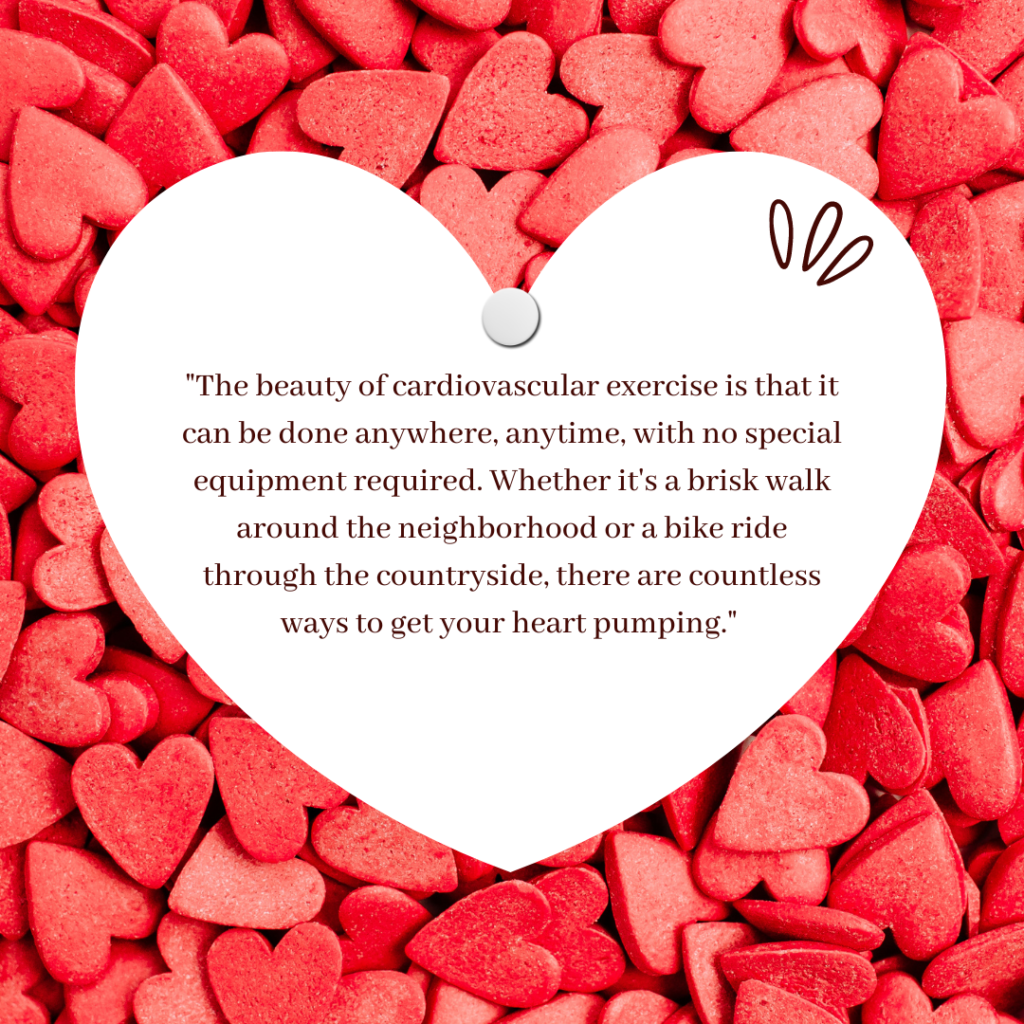
Real life examples of the benefits of cardiovascular exercise include:
- A person with a sedentary lifestyle who starts a regular walking routine and experiences weight loss, increased energy, and improved heart health.
- An older adult who engages in low-impact cardio, such as swimming or cycling, and experiences improved endurance, reduced joint pain, and better sleep.
- Someone with depression who starts running regularly and experiences improved mood and reduced symptoms of depression.
It’s important to note that the benefits of cardiovascular exercise are cumulative, meaning that consistent exercise over time leads to the most significant improvements in health and well-being. It’s also important to choose an exercise program that is enjoyable and sustainable to maintain long-term benefits.
